Disclosure: This article contains affiliate links. We may earn a commission from purchases at no extra cost to you, which helps our travel content.
The moment I stepped onto the cobblestone streets of Sucre, I felt that familiar tingle of excitement I get when encountering exceptional craftsmanship. As someone who has spent a lifetime working with my hands, I've developed an eye for detail that extends far beyond engines and transmissions. Here in Bolivia's constitutional capital, nicknamed 'La Ciudad Blanca' (The White City), centuries of architectural mastery unfold before you in pristine white facades and intricate stonework that tell stories of colonial ambition, indigenous resilience, and cultural fusion. C'est magnifique!
The White Canvas of Sucre: A Mechanic's Appreciation for Structural Integrity
There's something about Sucre that resonates with my mechanical mind. Just as a perfectly tuned engine has a certain harmony, this UNESCO World Heritage city demonstrates architectural balance that has withstood the test of time. The mandatory white paint that gives the city its nickname isn't just aesthetic—it's practical protection against Bolivia's intense sun, reflecting heat and preserving the structures beneath.
Walking through Plaza 25 de Mayo, the city's main square, I'm struck by how the Spanish colonial builders created structures that have remained standing for over 400 years. The Cathedral, with its clean lines and symmetrical facade, reminds me of the precision required when rebuilding a transmission—every element must be perfectly placed for the whole to function.
What fascinates me most is how these buildings have been maintained through centuries of earthquakes, political upheaval, and modernization. The craftsmanship speaks of a time when things were built to last, not unlike the vintage cars I sometimes restore back in my shop in Aurora. As I run my fingers along the cool stone walls, I can almost feel the hands of the stonemasons who shaped these blocks centuries ago.
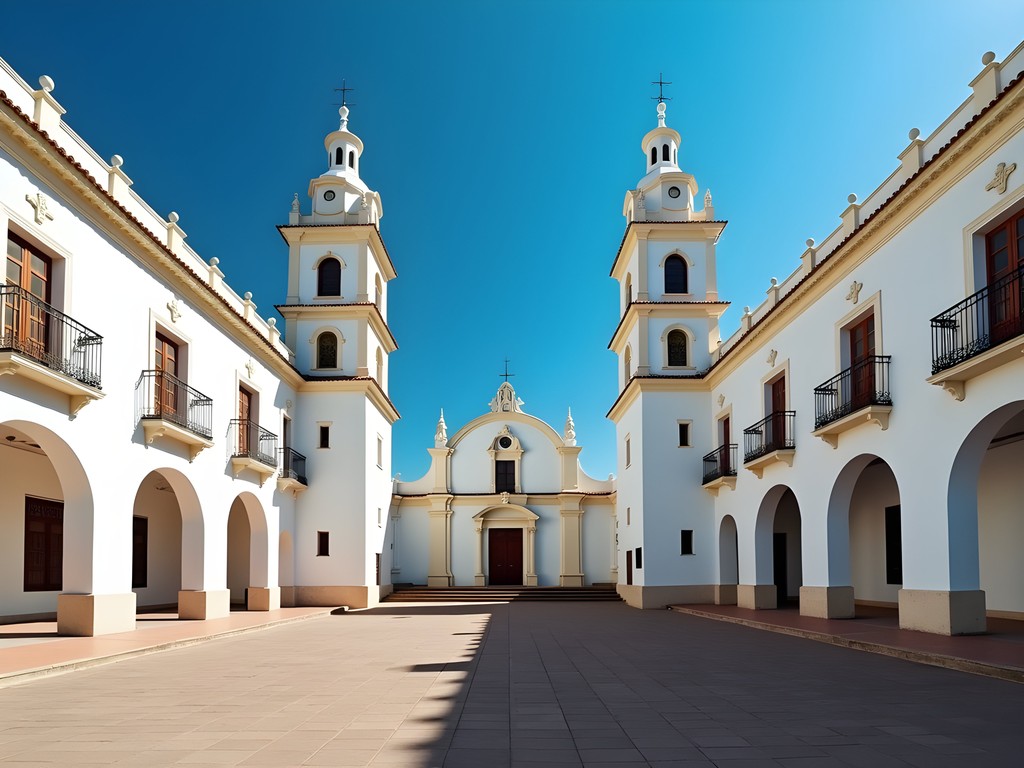
💡 Pro Tips
- Visit Plaza 25 de Mayo early in the morning to appreciate the architecture without crowds and in the best light for photography
- Look for the subtle indigenous design elements integrated into colonial structures—a form of quiet resistance through art
- Bring a pocket magnifier to examine the intricate stonework details that are easy to miss
La Recoleta: Where Time Stands Still
Perched on a hill overlooking the city, the Convent of La Recoleta offers both architectural wonder and breathtaking views. Founded in 1601, this complex has served as monastery, museum, and school throughout its long history. What draws me here repeatedly is the central courtyard with its ancient cedar tree—over 400 years old and still thriving, much like the city itself.
As someone who appreciates how machines evolve over time, I'm fascinated by the layers of history visible in La Recoleta. The original Renaissance design blends with later Baroque additions, creating a visual timeline of architectural styles. The worn stone steps, polished by centuries of footsteps, remind me of the well-worn tools I inherited from my father's repair shop in Paris—objects that carry the imprint of those who came before.
When exploring the convent's museum, I recommend using a portable LED light to illuminate the darker corners where some of the most interesting details hide. The craftsmen who built this place didn't have electric lights, but they understood how natural light would play across their stonework throughout the day—a consideration that modern architects often overlook.

💡 Pro Tips
- Visit in late afternoon when the setting sun bathes the white walls in golden light
- Wear comfortable shoes with good traction—the cobblestone paths and worn stone steps can be slippery
- Set aside at least 2 hours to fully appreciate the convent, courtyard, and museum
Casa de la Libertad: The Birthplace of a Nation
For those who appreciate the intersection of craftsmanship and history, Casa de la Libertad (House of Freedom) is non-negotiable. This unassuming building on Plaza 25 de Mayo is where Bolivia declared its independence in 1825. As a mechanic, I've always believed that understanding how something was built helps you appreciate what it has become—and this principle applies perfectly here.
The building's exterior may seem modest compared to other colonial structures, but its significance is immeasurable. Inside, the meticulous woodwork of the ceiling beams and doorframes reveals the skill of colonial craftsmen working with hand tools that haven't changed much in design for centuries. The original assembly hall where the declaration was signed features an acoustic quality that still impresses—voices carry clearly without amplification, a testament to the builders' understanding of sound dynamics long before electronic assistance.
I found myself particularly moved by the original handwritten declaration of independence displayed under glass. Documents like these remind me of the old repair manuals my father kept—yellowed pages that contained essential knowledge passed down through generations. For preserving your own travel memories of these historical sites, I recommend a waterproof notebook that can withstand Sucre's occasional afternoon showers.

💡 Pro Tips
- Take advantage of the English-speaking guides available—their insights bring the historical significance to life
- Photography is restricted in certain rooms to protect historical documents, so bring a small pocket sketchbook to record impressions
- Visit on weekday mornings to avoid school groups and tour buses
Hidden Courtyards: The Soul of Sucre's Architecture
What truly sets Sucre apart from other colonial cities I've explored across Latin America is what lies behind those pristine white facades—the courtyards. Much like diagnosing an engine problem requires looking beyond the surface, appreciating Sucre's architecture means venturing through unassuming doorways into spectacular interior spaces.
Many of Sucre's colonial homes follow a similar pattern: a modest entrance leading to a central courtyard surrounded by covered walkways and rooms. This design, brought by Spanish colonizers but adapted to local conditions, creates natural cooling and gathering spaces. It reminds me of how automotive designs evolve differently across cultures while serving the same fundamental purpose.
Some of these courtyards are now part of museums or hotels, while others remain private homes. The Museo de Arte Indígena ASUR occupies a beautifully restored colonial home where you can appreciate both the architecture and impressive textile collections. For those wanting to experience living in these historic spaces, I recommend staying at Villa Antigua Hotel. After long days of exploration, I found myself appreciating my portable espresso maker for enjoying morning coffee in these atmospheric courtyards—a small luxury that enhances the experience immeasurably.
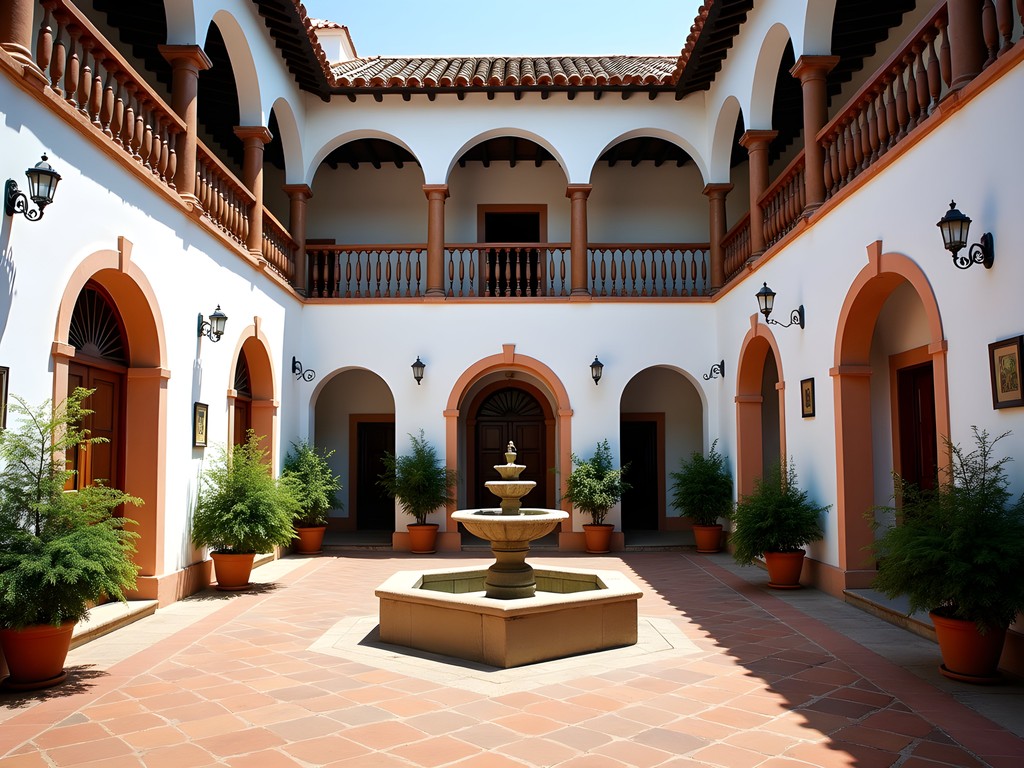
💡 Pro Tips
- Many courtyards are accessible even if you're not staying at the hotel—simply ask politely if you can look around
- The best light for courtyard photography is midday when the sun illuminates these spaces from above
- Look for the water features—fountains and wells that were essential to colonial life and still function in many courtyards
Practical Tips for the Architectural Explorer
Exploring Sucre's architectural wonders requires some preparation, especially if you want to avoid the common tourist pitfalls. First, understand that Sucre sits at approximately 2,800 meters (9,200 feet) above sea level. While not as high as La Paz, the altitude can still affect your energy levels. I learned this the hard way when I attempted to climb all the bell tower stairs on my first day—quelle erreur!
The city's compact historic center means most sites are within walking distance, but comfortable shoes are essential on the uneven cobblestone streets. I've found that a collapsible water bottle is invaluable for staying hydrated without adding bulk to your daypack.
Sucre's weather can be deceiving—sunny mornings often give way to afternoon showers, especially during the rainy season (November to March). The sun at this altitude is intense even on cool days, so protection is essential. After getting sunburned on my first visit despite the mild temperatures, I now never explore without my packable sun hat.
Finally, timing is everything. Many museums and churches close between 12:00-14:30 for the traditional extended lunch break. Plan accordingly, using this time to enjoy Sucre's excellent cafés or photograph exterior details in the midday light.
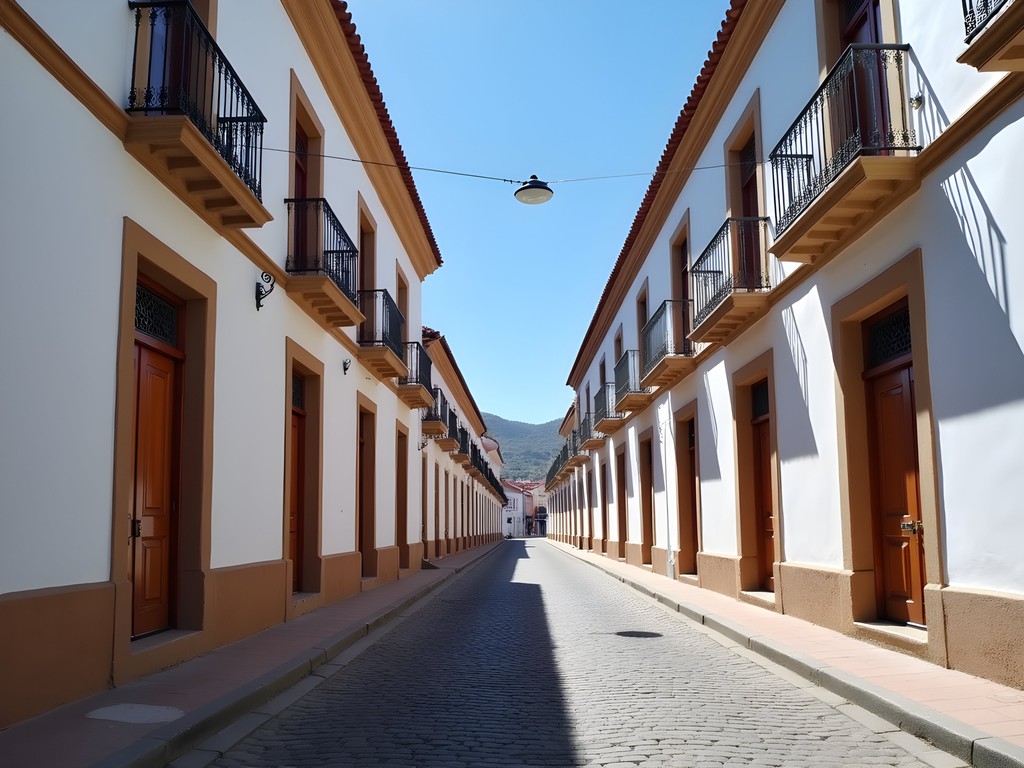
💡 Pro Tips
- Purchase the combined ticket that gives access to multiple museums and sites at a discount
- Download offline maps before exploring, as internet service can be spotty in some areas
- Learn basic architectural terms in Spanish to better understand guides and information panels
Final Thoughts
As I pack my tools—both literal and metaphorical—to leave Sucre, I'm struck by how this city has transformed my understanding of colonial architecture. What began as an appreciation for technical craftsmanship has deepened into recognition of how these buildings embody cultural resilience, historical narrative, and human ingenuity.
In my travels across four continents, I've developed a theory: the places that move us most deeply are those where human craftsmanship harmonizes with cultural purpose. Sucre exemplifies this perfectly. The white city doesn't just preserve its colonial past—it lives within it, adapts it, and continues the conversation between different cultural traditions that began centuries ago.
For those who appreciate the beauty of things well-made, whether engines or edifices, Sucre offers a masterclass in architectural craftsmanship that rewards the patient observer. As we say in my father's workshop in Paris, 'Ce n'est pas la destination, c'est le voyage'—it's not the destination, but the journey. In Sucre, that journey takes you through layers of history, culture, and human creativity, all painted in luminous white against the blue Bolivian sky.
✨ Key Takeaways
- Sucre's UNESCO-protected colonial architecture offers insights into both Spanish colonial design and indigenous craftsmanship
- The city's compact size makes it perfect for walking exploration, with most major sites accessible within the historic center
- Look beyond the white facades to discover the hidden courtyards that reveal the true character of colonial architecture
📋 Practical Information
Best Time to Visit
April-October (dry season)
Budget Estimate
$30-50 USD per day
Recommended Duration
2-3 days
Difficulty Level
Easy


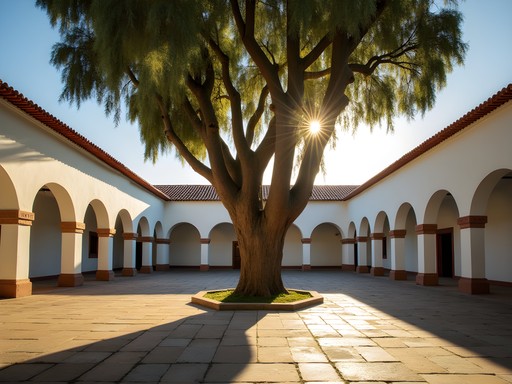


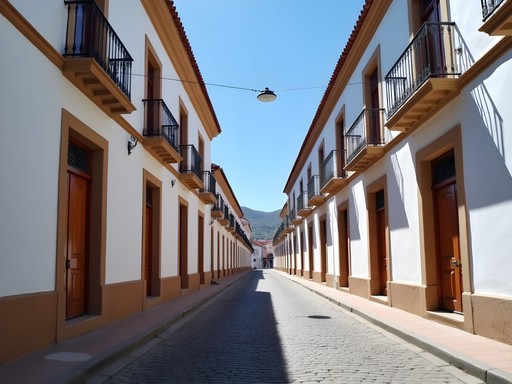


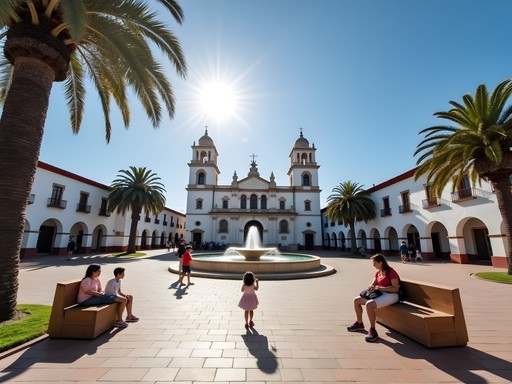
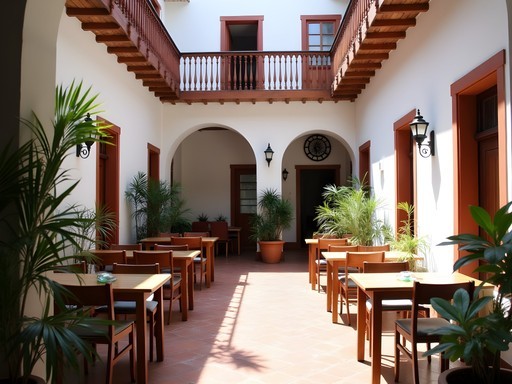
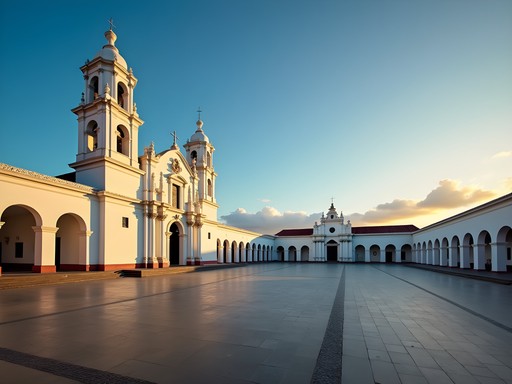
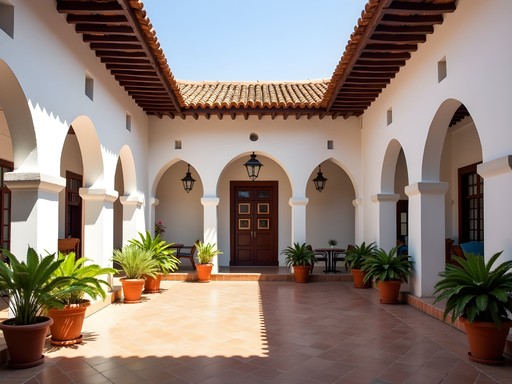




Comments
Douglas Bradley
Nathan, your craftsman's perspective on Sucre's architecture is refreshing! As someone who's studied colonial influences across Latin America, I particularly appreciated your insights on the hidden courtyards. Many visitors miss these intimate spaces that reveal so much about daily life during the colonial era. I spent three weeks in Sucre last year documenting the transition between late Baroque and early Republican styles - the subtle shift in ornamentation tells a fascinating story about Bolivia's path to independence. Did you notice how the post-independence buildings incorporate indigenous motifs alongside the European elements? This architectural syncretism is something I've been researching for my upcoming book on Andean colonial architecture.
Nathan Mitchell
Douglas, you've got a keen eye! I did notice those indigenous elements, especially in the later buildings. The stonework techniques seemed to blend European design with local craftsmanship traditions. I'd love to check out your book when it's published!
greenpro
Beautiful photos! Did you get to see the bell tower at San Felipe Neri? I heard the views of the white city are incredible from up there.
Nathan Mitchell
Thanks! Yes, I did climb San Felipe Neri - absolutely worth the small fee. The panoramic view really shows why they call it 'La Ciudad Blanca'!
greenpro
Awesome! Adding it to my list for sure.
moonmate
I visited Sucre two years ago but didn't appreciate the architecture as much as I should have. Reading your breakdown of the different styles and periods makes me want to go back! The Casa de la Libertad was closed for renovations when I was there - looks like I missed something special. One tip for others: there's a small architectural walking tour that leaves from the main square every morning at 10am (Spanish and English). The guide was an architecture student who pointed out details I would have completely missed.
Hunter Thompson
Mate! This post is EXACTLY what I needed before my Bolivia trip next month! Your photos of those hidden courtyards are INCREDIBLE! What camera setup are you using? I've been shooting with my mirrorless camera but struggling with the harsh South American light in previous trips. Any tips for capturing those white buildings without blowing out the highlights? Also - did you find it easy enough to access rooftops for those aerial city shots? I'm all about those unique angles that most tourists miss!
Nathan Mitchell
Thanks Hunter! For those white buildings, I shoot in RAW and underexpose slightly, then recover the shadows in post. Many hotels and cafés will let you up to their rooftops if you ask nicely or buy a drink. The bell tower at San Felipe Neri church offers great views too, just 20 bolivianos to climb up.
coffeemaster
Great post! I'm planning to visit Bolivia next spring and wondering how many days you'd recommend for Sucre? Is it walkable or did you need transportation to see the architectural highlights? Any accommodation recommendations?
escapemaster
Not Nathan, but I spent 4 days in Sucre and it was perfect! Super walkable city center. Stay near Plaza 25 de Mayo and you'll be set.
Nathan Mitchell
I'd echo what @escapemaster said - 3-4 days is ideal. The historic center is very walkable, though I did take a taxi to some of the viewpoints in the hills. I stayed at Casa de Huéspedes La Posada and loved the colonial-style rooms with a courtyard. Perfect location too!
moonwalker
Those white buildings look amazing! Adding Sucre to my bucket list!
Douglas Bradley
Your mechanical perspective on architectural details offers a refreshingly technical lens that most travel writers miss. I particularly appreciated your analysis of the load-bearing techniques in La Recoleta - something I completely overlooked during my visit in 2024. The way you connected the Spanish colonial influences with local adaptations to seismic conditions was illuminating. I'm curious though - did you notice how the building techniques evolved over the colonial period? I found the earlier structures (1550-1600) used different stone-cutting methods than the later ones. I documented some of this in my own Bolivia series but missed the engineering aspects you've captured so well.
bluerider
Nathan, your post brought back so many memories! I spent two weeks in Sucre last year and completely fell in love with those white-washed buildings. The courtyards were my absolute favorite - I'd just wander around for hours peeking through open doors hoping to catch glimpses of those hidden gardens. Did you get a chance to visit any of the rooftop cafes? The view of all those terracotta tiles against the white buildings at sunset is something I'll never forget!
Nathan Mitchell
Thanks @bluerider! Yes, I spent several evenings at Mirador Café near the central plaza. The contrast between the terracotta and white is even more dramatic at golden hour. Did you make it to any of the smaller museums?
bluerider
Mirador was my go-to as well! I visited the textile museum which was small but fascinating. The indigenous weaving techniques blew my mind!
wanderchamp
Great post! I'm an amateur photographer planning a trip to Bolivia next year. What time of day did you find best for capturing those white buildings? Any specific viewpoints you'd recommend?
Nathan Mitchell
Early morning (7-8am) or late afternoon (4-5pm) gives you the best light on the white facades. The mirador at La Recoleta is the classic spot, but also try Café Mirador near the central market for a different angle. The rooftop of Hotel Parador Santa María Real offers another great perspective if you ask nicely!
wanderchamp
Perfect, thanks for the insider tips! Adding these spots to my list.
Megan Martin
Nathan, excellent coverage of Sucre's architectural heritage. I was there for a conference last month and found your perspective particularly insightful. For anyone planning a visit, I'd add that the Museo de Arte Indígena ASUR is worth a stop - it connects the architectural history with the textile traditions of the region. Also, I found my pocket dictionary essential as English isn't widely spoken outside tourist areas. The best views of those white buildings are from La Recoleta at sunset - bring a camera with a good zoom lens!
Venture X
Premium card with 2X miles, $300 travel credit, Priority Pass